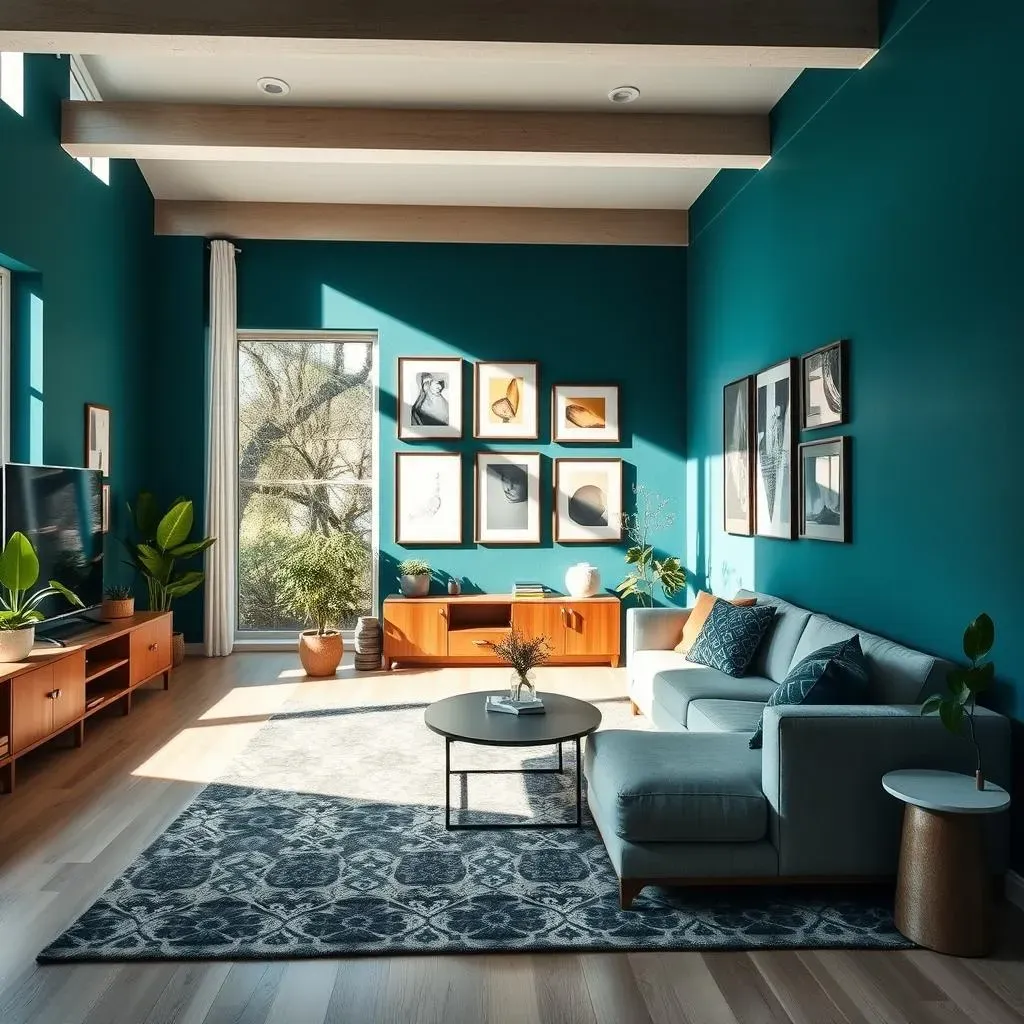Table of Contents
Ready to shake up your living space? An accent wall is a fantastic way to inject personality, drama, or a pop of color without committing to a full room makeover. But the burning question is: where to paint accent wall? Choosing the right wall is crucial. It's not just about slapping on some paint; it's about enhancing your room's best features, creating a focal point, and tying your color scheme together. This article is your ultimate guide to mastering the art of the accent wall. We'll walk you through how to identify the perfect wall for maximum impact, explore styling options with colors, textures, and materials, and lay down some essential design rules to ensure a cohesive look. Plus, we'll even dive into creative alternatives if you're not quite ready to grab a paintbrush. Get ready to transform your space with confidence!
Choosing the Right Wall: Where to Place Your Accent Wall
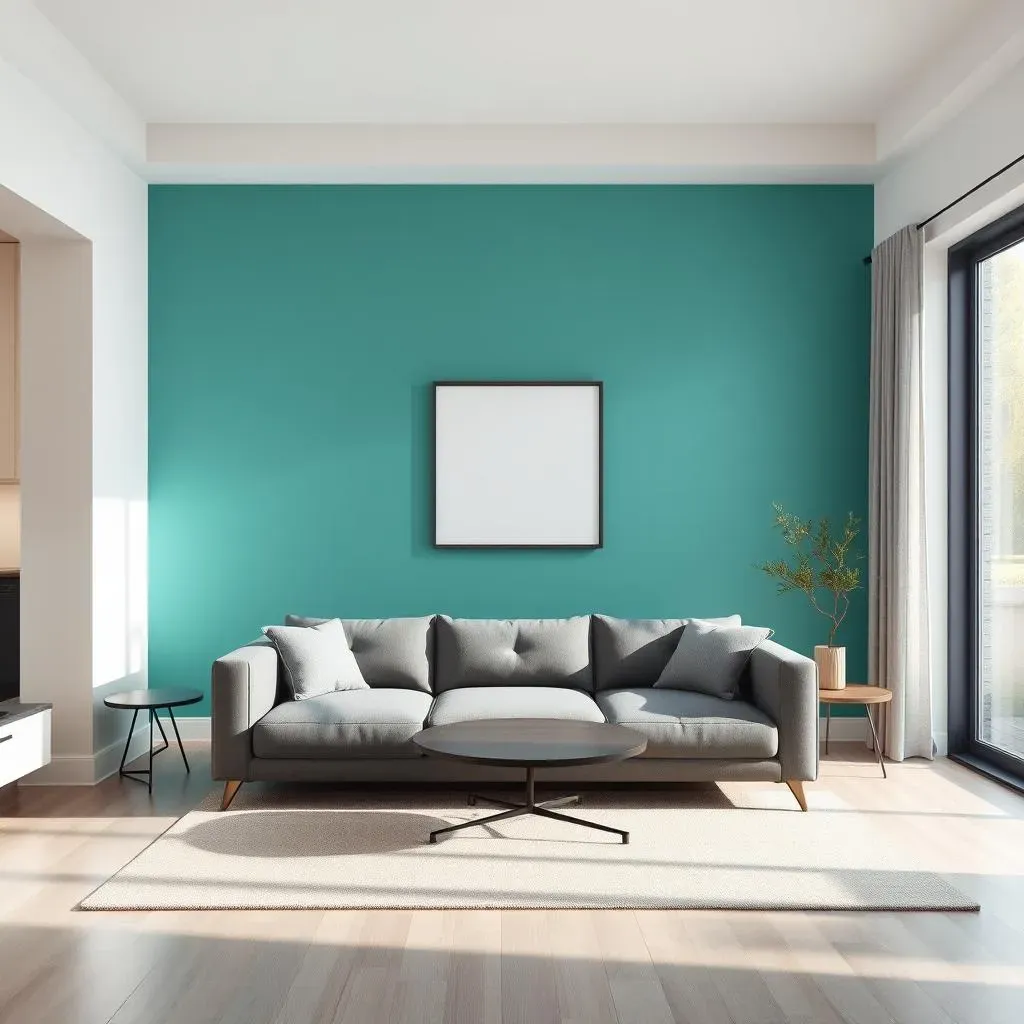
Choosing the Right Wall: Where to Place Your Accent Wall
so you're itching to add an accent wall, but you're staring at your room wondering, "Which wall gets the honor?" It's a valid question! The goal is to choose a wall that naturally draws the eye or has existing architectural interest. Think about the focal points in your room. Is there a fireplace? A built-in bookcase? Maybe a large window with a killer view? These are prime candidates for accent walls because they already command attention. You want to amplify what's already working in the space.
Don't just pick a wall at random. Consider the room's layout and how you move through it. A long, blank wall can be a good option to break up the monotony, but make sure it's visible from the main entry point. A short wall might feel chopped up and awkward if you try to force an accent there. Also, think about the purpose of the room. In a bedroom, the wall behind the headboard is a classic choice. In a living room, it might be the wall where your entertainment center is located. It's all about creating a cohesive and visually appealing design.
Room | Best Accent Wall Choices | Why |
|---|---|---|
Living Room | Fireplace wall, media center wall, large window wall | Natural focal points, draws the eye |
Bedroom | Headboard wall | Creates a backdrop for the bed, defines the space |
Dining Room | Wall opposite the entrance, wall with a buffet or hutch | Adds visual interest, enhances the dining experience |
One thing I always tell people is to avoid walls with too many doors or windows. The goal is to create a statement, and a wall that's broken up by openings will just look cluttered and unfinished. It's like trying to tell a story with half the words missing. You want a clean canvas to work with, something that allows the accent color or texture to really shine. So, take a good look around your room, consider its features and flow, and choose the wall that will make the biggest impact.
Accent Wall Colors and Materials: Styling Tips for a Unique Look
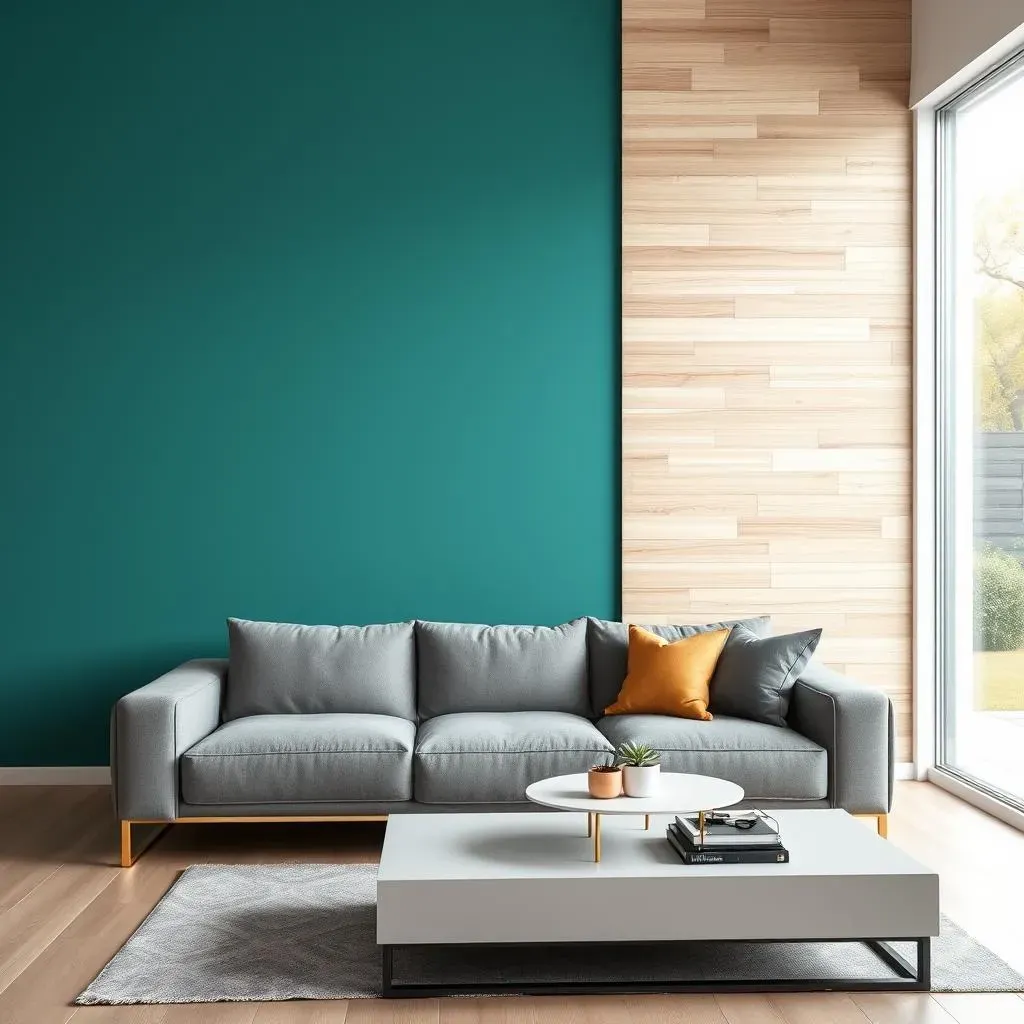
Accent Wall Colors and Materials: Styling Tips for a Unique Look
Alright, you've picked your wall, now let's talk about the fun part: color and materials! This is where you can really let your personality shine. Think beyond just a flat coat of paint. The right color can dramatically change the mood of a room. Deep blues and greens can create a calming, serene vibe, perfect for a bedroom. Bold reds and oranges can add energy and excitement to a living room or dining area. And don't be afraid to experiment with different paint finishes! A matte finish will give a soft, subtle look, while a high-gloss finish will add drama and reflect light.
But it's not just about the color; it's about the material too. Wallpaper is making a huge comeback, and there are so many amazing patterns and textures to choose from. Think geometric prints, botanical designs, or even textured wallpaper that mimics the look of brick or wood. And if you're feeling really adventurous, consider using wood planks, shiplap, or even tile to create a truly unique accent wall. The possibilities are endless! Just remember to consider the overall style of your room and choose materials that complement your existing decor. You want your accent wall to be a statement piece, not an eyesore.
- Color Psychology: Understand how different colors affect mood and choose accordingly.
- Material Matters: Consider wallpaper, wood, tile, or fabric for added texture and interest.
- Test it Out: Always test paint colors and materials in your space before committing.
Design Rules for a Cohesive Accent Wall
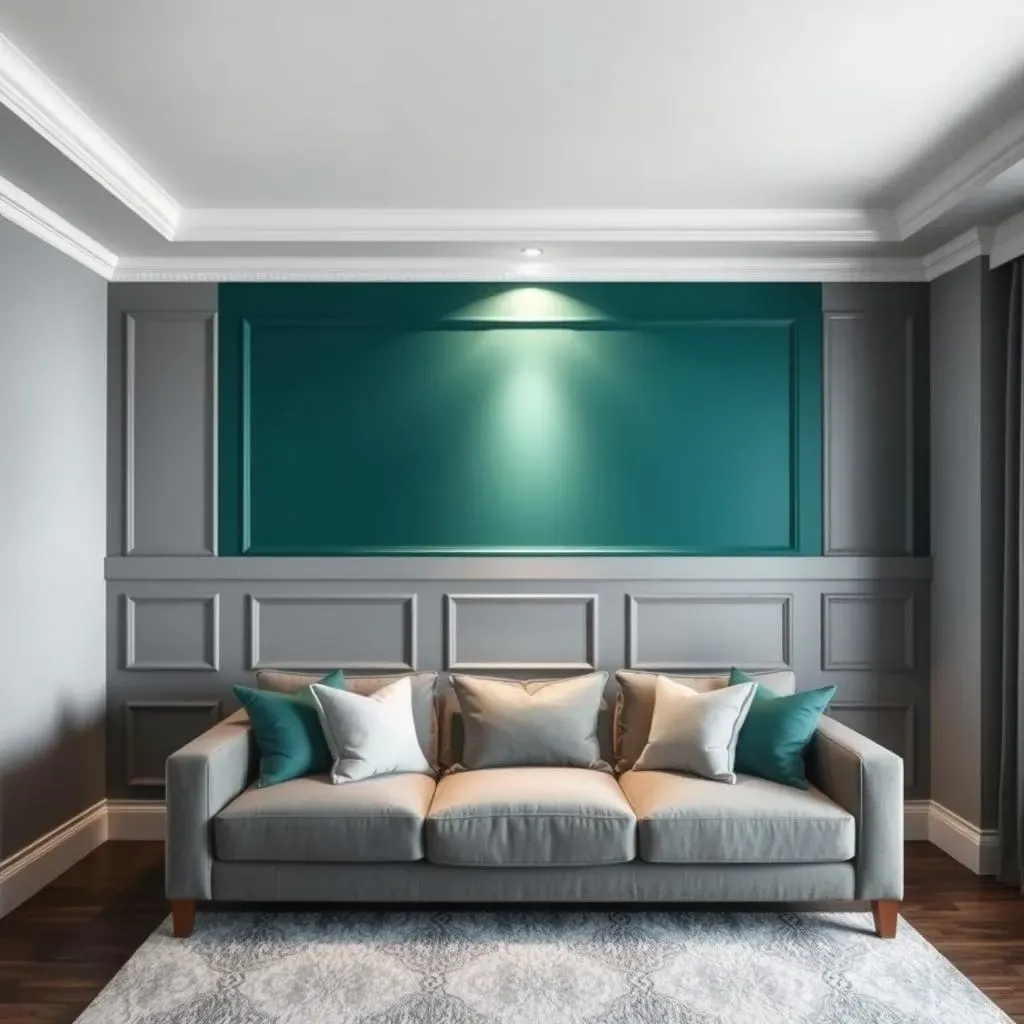
Design Rules for a Cohesive Accent Wall
so you've got your wall and your materials picked out, but before you start painting or wallpapering, let's talk about some design rules for a cohesive accent wall. The most important thing to remember is balance. You don't want your accent wall to clash with the rest of the room. Consider the existing color palette and choose a color that complements it. If your room is mostly neutral, you can go bold with your accent wall. But if you already have a lot of color going on, you might want to choose a more subtle shade. Also, think about the style of your room. Is it modern? Traditional? Bohemian? Your accent wall should reflect that style. A rustic wood accent wall might look great in a farmhouse-style living room, but it would probably look out of place in a sleek, minimalist apartment. It's all about creating a harmonious and visually appealing space.
Scale and proportion are also key. A small accent wall in a large room can get lost, while a large accent wall in a small room can feel overwhelming. Consider the size of your room and choose an accent wall that's appropriately scaled. And don't forget about the details! Pay attention to things like trim, molding, and lighting. These elements can make a big difference in the overall look of your accent wall. For example, painting your trim a contrasting color can really make your accent wall pop. Or adding a spotlight can highlight the texture and color of your chosen material. The key is to think about all the elements in your room and how they work together to create a cohesive design.
Another often overlooked aspect is the "fifth wall" - the ceiling. While not traditionally considered an accent "wall", painting or texturing the ceiling can be a stunning alternative or complement to a traditional accent wall, especially in rooms with high ceilings. Imagine a dark, moody ceiling in a bedroom creating a cozy, intimate feel, or a metallic painted ceiling in a dining room adding a touch of glamour. When using a ceiling as an accent, consider the lighting in the room to avoid making the space feel too closed in. The goal is to enhance the room's existing features, not to create a visual imbalance.
- Complementary Colors: Use a color wheel to find colors that complement your existing palette.
- Scale it Right: Ensure the accent wall is proportional to the size of the room.
- Don't Forget the Details: Pay attention to trim, molding, and lighting.
Beyond Paint: Creative Alternatives to Accent Walls
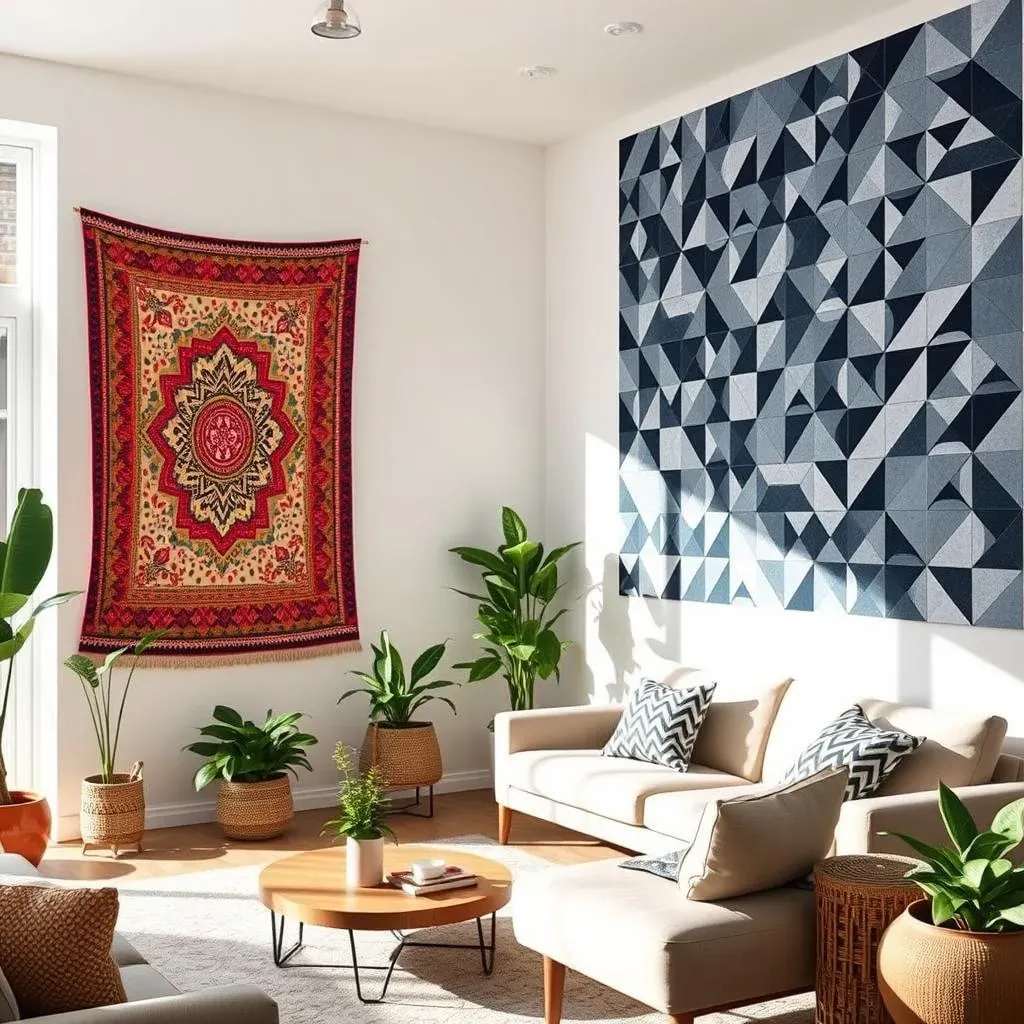
Beyond Paint: Creative Alternatives to Accent Walls
Wall Hangings and Tapestries
so maybe you're not feeling the whole paint thing. No problem! There are tons of creative alternatives to accent walls that can add just as much personality and visual interest. One of my favorites is using large wall hangings or tapestries. These are a fantastic way to add texture, color, and pattern without the commitment of paint or wallpaper. Plus, they're super easy to install and remove, making them perfect for renters or anyone who likes to switch things up frequently. You can find wall hangings in all sorts of styles, from bohemian macrame to modern geometric designs. And the best part? They can double as sound dampeners, making them a great choice for noisy apartments or home theaters.
When choosing a wall hanging, consider the size of your wall and the overall style of your room. A large tapestry can make a bold statement in a living room or bedroom, while a smaller wall hanging can add a subtle touch of texture to a hallway or office. You can also layer multiple wall hangings to create a gallery wall effect. Just make sure to choose pieces that complement each other in terms of color and style. And don't be afraid to get creative! You can even use fabric remnants, scarves, or vintage textiles to create your own unique wall hanging. The possibilities are endless!
Peel-and-Stick Wallpaper and Decals
Another great option for those who want to avoid the mess and commitment of traditional wallpaper is peel-and-stick wallpaper. This stuff is a game-changer! It's super easy to apply and remove, making it perfect for renters or anyone who likes to change their decor frequently. You can find peel-and-stick wallpaper in all sorts of patterns and designs, from classic stripes and florals to modern geometric prints and abstract art. And the best part? It won't damage your walls! Just peel it off when you're ready for a new look.
If you're not ready to commit to a full wall of wallpaper, consider using wall decals. These are a fun and easy way to add a pop of color or pattern to any room. You can find wall decals in all sorts of shapes and sizes, from small geometric shapes to large floral designs. And like peel-and-stick wallpaper, they're super easy to apply and remove. You can even create your own custom wall decals using a Cricut machine or other cutting tool. Just let your imagination run wild!
Accent Walls: Your Canvas for Creativity
So, you've got the knowledge, now it's time to unleash your inner designer! Remember, the best accent wall is one that reflects your personal style and enhances your living space. Whether you choose a bold color, a textured material, or a creative alternative, the key is to create a focal point that brings joy and cohesion to your room. Don't be afraid to experiment, break the rules (tastefully, of course), and have fun with the process. With a little planning and creativity, you can transform any room into a stylish and inviting haven.
